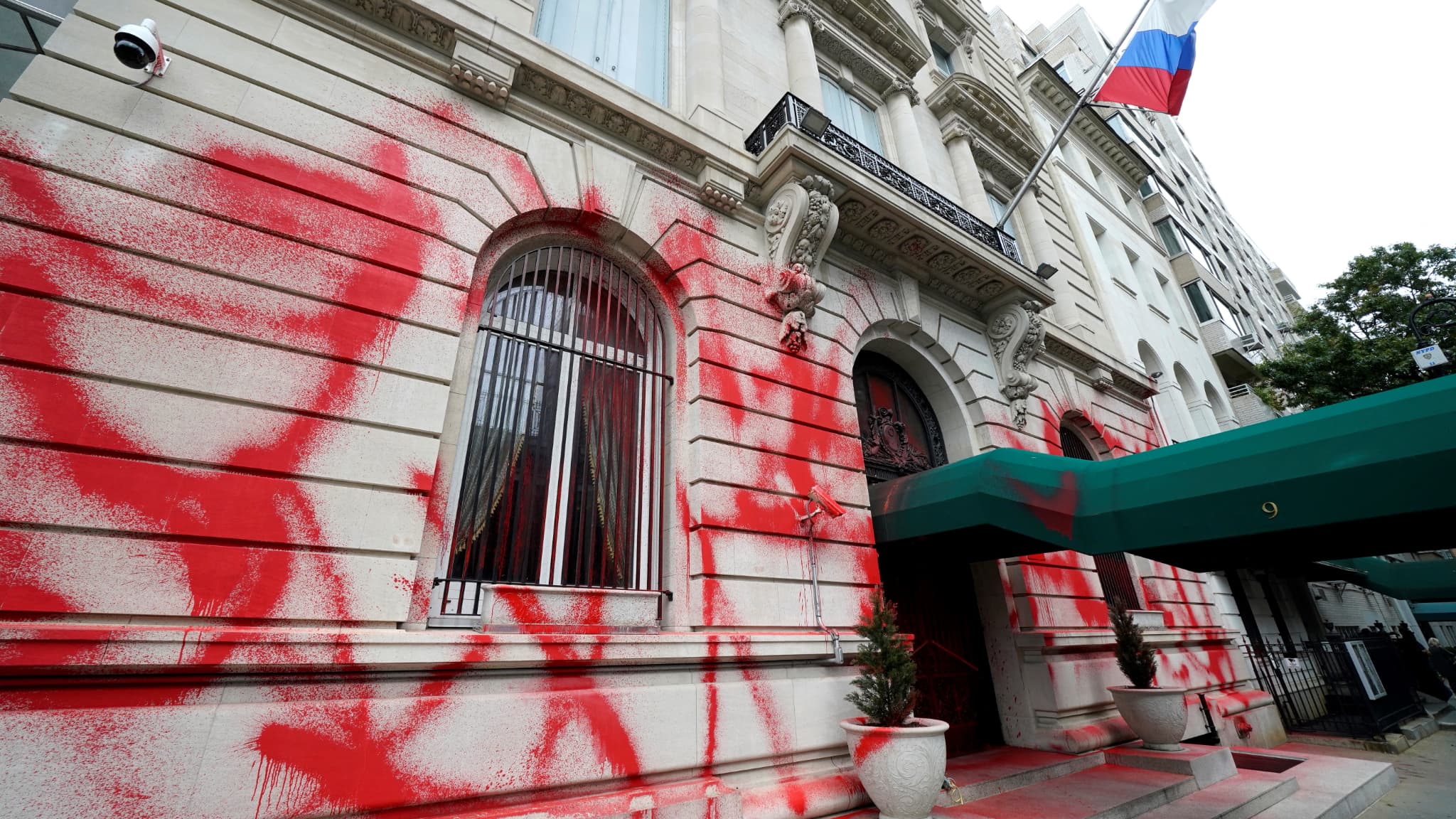Loading…
The James Webb Space Telescope has captured a 9 billion-year-old galaxy. Photo: doc James Webb
In addition to the long distance, the researchers also claimed that the galaxy is at a very advanced age. This is because the light emitted is very red, unlike the younger galaxies which emit blue light.
As reported by the BBC, on Saturday (1/10), this image of the galaxy was released to the public. James Webb’s telescope captured the dubbed image SMAC 0723 which is an example of what is called a gravitational lens.
The photo captured shows a collection of large foreground galaxies that have magnified and bent light from the background galaxy.
And it has become one of the most beautiful galaxies in the distance that has caught the attention of astronomers at the University of Toronto. They dubbed it the “Sparkler Galaxy” because it was surrounded by tiny yellow-red glowing dots.
Interestingly, these points have never before been captured by other large telescopes or observatories, including Hubble.
Researchers think these sparks are star clusters like those seen around our Milky Way today. It’s just that there are much earlier points in the history of the Universe. It is estimated to be 9 billion years old.
‘We found that this globular cluster is very massive,’ explains Dr Lamiya Mowla of the Dunlap Institute for Astronomy & Astrophysics in Toronto. “We also found that they were very old, 9 billion years or 4.5 after the Big Bang,” she added.
“They may have formed in an explosion in what we call ‘cosmic noon’, at the height of star formation some 10 billion years ago. But the color isn’t quite right. For something relatively young, the color should be more blue. “. She added.
READ ALSO: Oops, there is dangerous malware hidden in the Windows logo!
The stars in this globular glow are thought to have formed only a few hundred million years after the Big Bang. In fact, the word spark may even contain some of the first stars ever formed in the universe.
(And)
–


